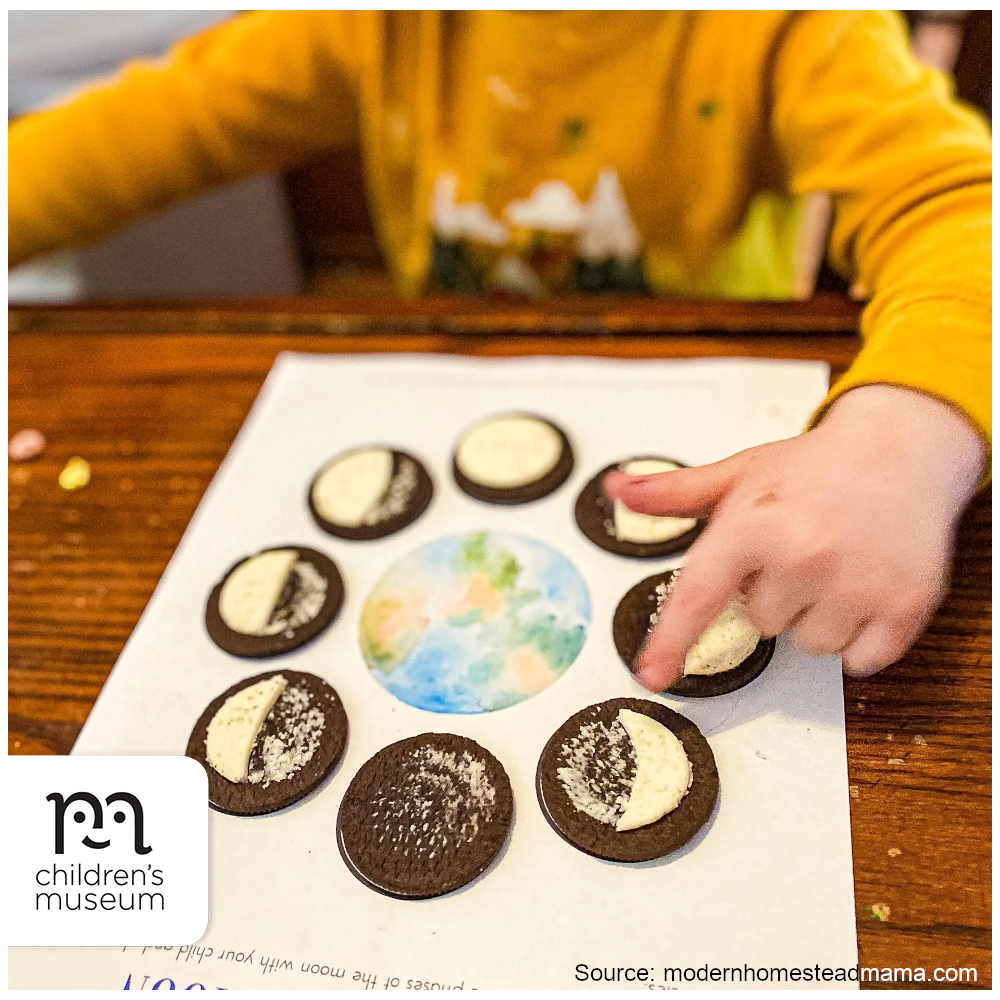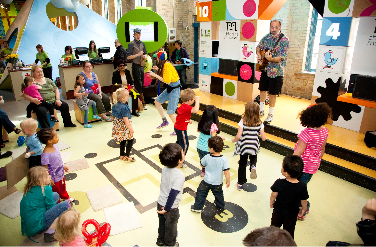ALL ABOARD: WE’RE GATHERING STEAM

Source: modernhomesteadmama.com
What kid doesn’t love cookies? And oreos make for the perfect little moon replicas. Get a free downloadable phases of the moon worksheet here, and help your kids learn the phases of the moon during snack time.
Beforehand, get kids to study the names and corresponding phases of the moon (at NASA’s Space Place website, for example), and then recreate them from memory with oreo cookies and this handy free downloadable worksheet.





